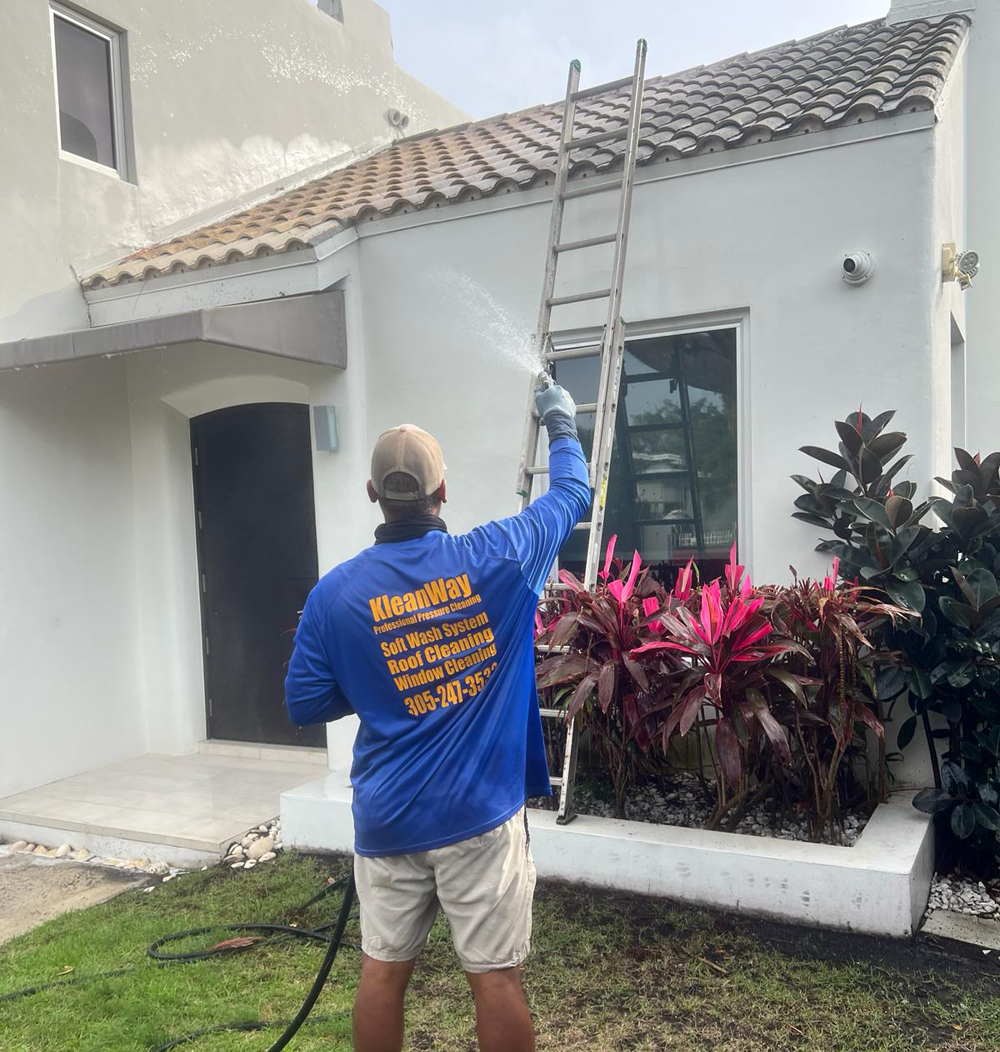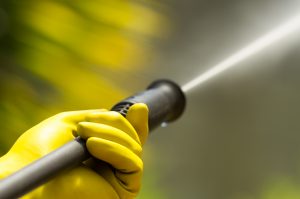In the world of home maintenance, there exists a transformative ritual that goes beyond the ordinary, breathing new life into the very essence of our abodes. Today, we embark on a journey high above, exploring the awe-inspiring realm of pressure washing roofs – a process that not only cleanses the exterior but reveals the true beauty that time and the elements may have concealed.
In this awe-inspiring exploration, we’ll navigate through the challenges, celebrate the successes, and perhaps, find a newfound appreciation for the importance of a clean and rejuvenated roof. So, fasten your seatbelts as we soar into the skies, discovering how pressure washing transcends the ordinary, turning roofs into works of art that stand proudly against the backdrop of the changing seasons
Unveiling the Beauty, Overcoming Challenges: A Roof Pressure Washing Odyssey
While pressure washing a roof can be an effective way to remove dirt, algae, moss, and other debris, there are potential issues that may arise if not done carefully. Here are some common issues faced when pressure washing a roof and suggestions on how to solve them:
Damage to Roofing Materials:
Water Leakage into Attic:
Algae or Moss Residue:
Personal Safety Concerns:
Issue: Working on a roof can pose safety risks, especially when using a pressure washer on elevated surfaces.
Solution: Prioritize safety by using proper safety equipment, including a harness or roof anchor. Ensure the ladder is secure, and never work on a wet or slippery roof.
Landscaping Damage:
Solution: Wet surrounding plants before starting the pressure washing to dilute any chemicals in the runoff. Afterward, rinse plants thoroughly with water to minimize potential damage.
Chemical Damage:
Issue: Some cleaning solutions used in conjunction with pressure washing may damage roofing materials or harm the environment.
Solution: Choose a roof-safe cleaning solution or use a mild detergent. Read and follow product instructions carefully. Consider using environmentally friendly alternatives.
Ineffective Stain Removal:
Solution: Identify the type of stain and use an appropriate stain remover before pressure washing. Stubborn stains may require specialized treatments.
Wet Attic Insulation:
Solution: Avoid prolonged or intense spraying near roof vents, openings, or vulnerable areas. If insulation gets wet, allow it to dry thoroughly before sealing leaks.
Before pressure washing a roof, it’s advisable to consult with a professional or follow the manufacturer’s guidelines for your specific roofing material. If you’re unsure or uncomfortable with the process, consider hiring a licensed and experienced roof cleaning professional to ensure the job is done safely and effectively.


